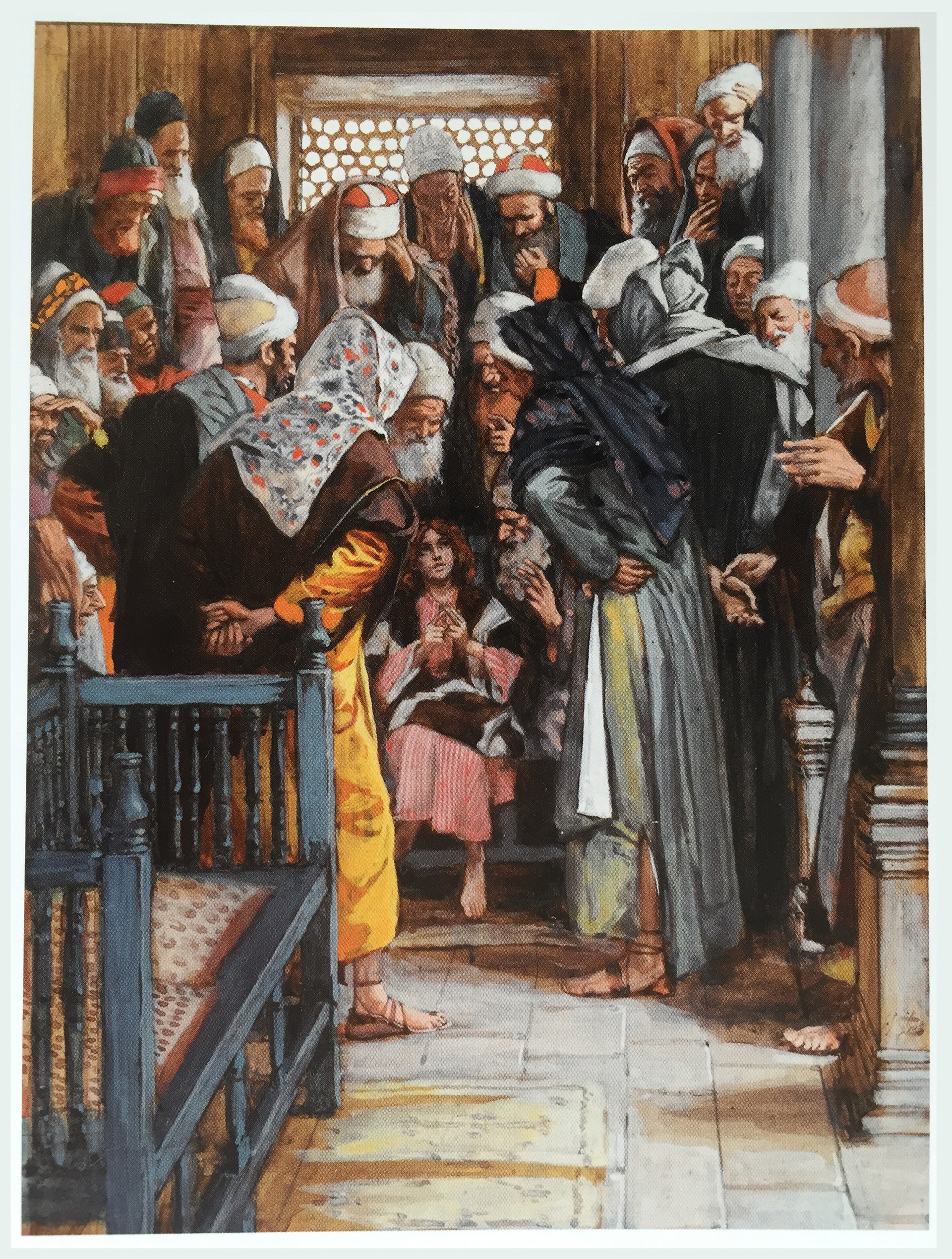


The recent exhibition dedicated to James Tissot at the Musée d’Orsay in Paris (23 June – 13 September 2020) fills just a single hall with artist’s creations devoted to biblical subjects. In contrast to many paintings kept in Europe, it is the Brooklyn Museum which acquired nearly all of the numerous watercolors painted on religious themes and subjects (365 in total) which Tissot began to paint upon returning to France following the death of his wife and after having received a revelation at the church of Saint-Sulpice in Paris, thereafter having widely read on the subjects and carried out various trips to the Holy Land beginning in 1886, observing the places and customs of the populations of the biblical lands.